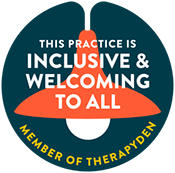Our sense of self-worth does not form in isolation as it grows through our earliest relationships. The way we learn to connect, depend on others, and feel safe in love becomes the blueprint for how we see ourselves. This blueprint is known as our attachment style. Whether you identify as secure, anxious, avoidant, or fearful-avoidant, your attachment style subtly shapes how you view your value in relationships and the world around you.
When self-esteem and attachment intertwine, they can create either a strong foundation of confidence or a cycle of self-doubt and emotional insecurity. Understanding this connection is a powerful first step toward healing. By recognizing how attachment patterns influence the way you talk to yourself, trust others, and set boundaries, you can begin to rebuild self-esteem that comes from within, not from the approval or affection of others.


















